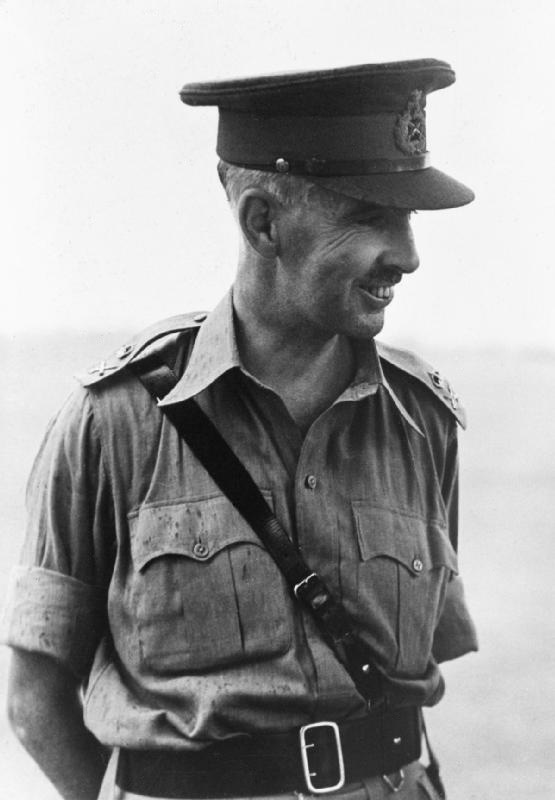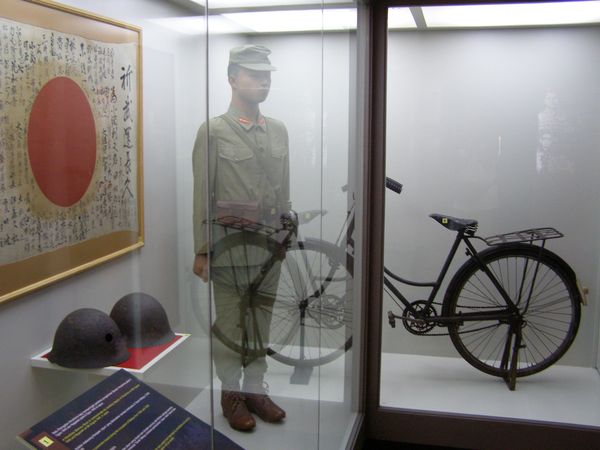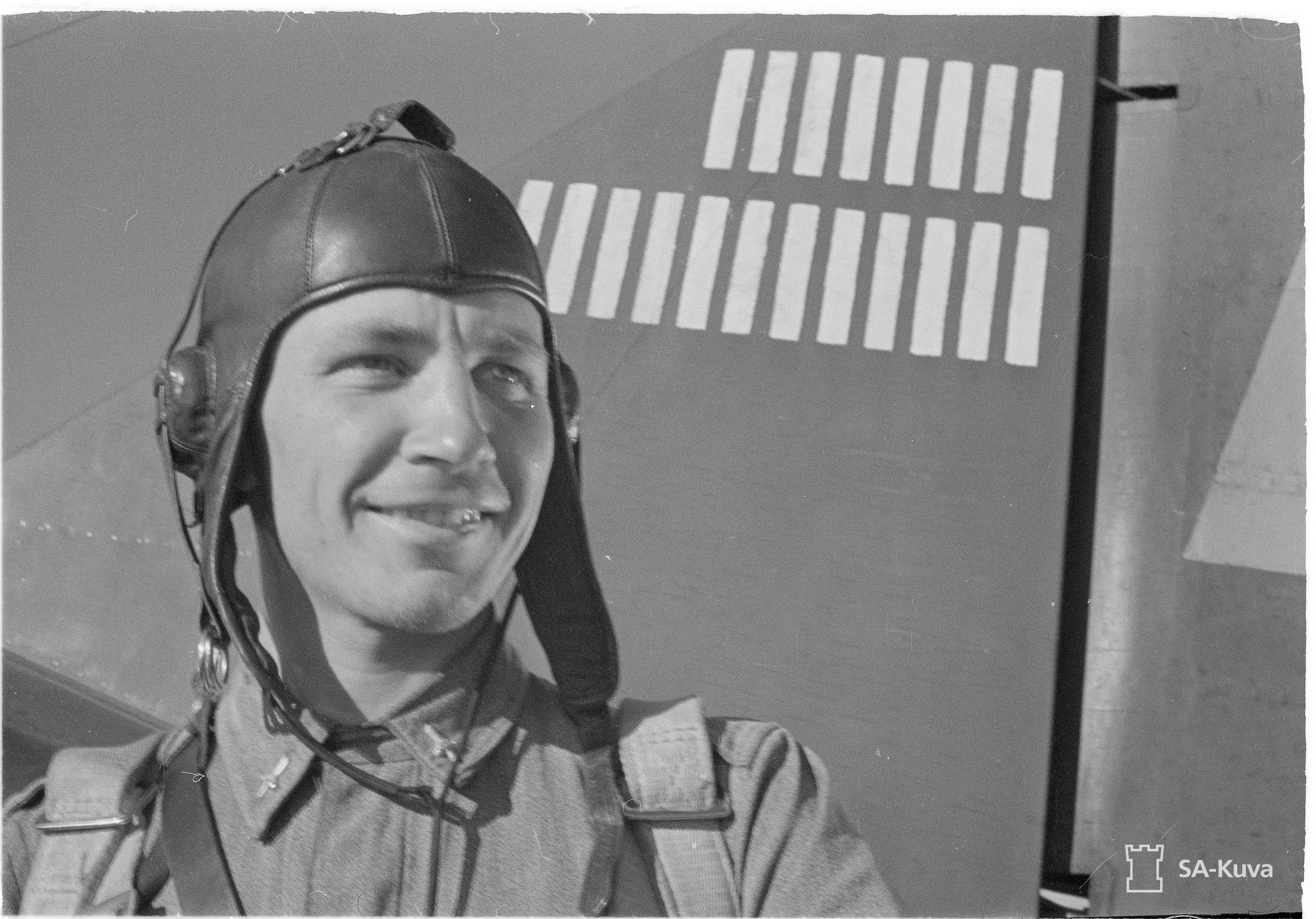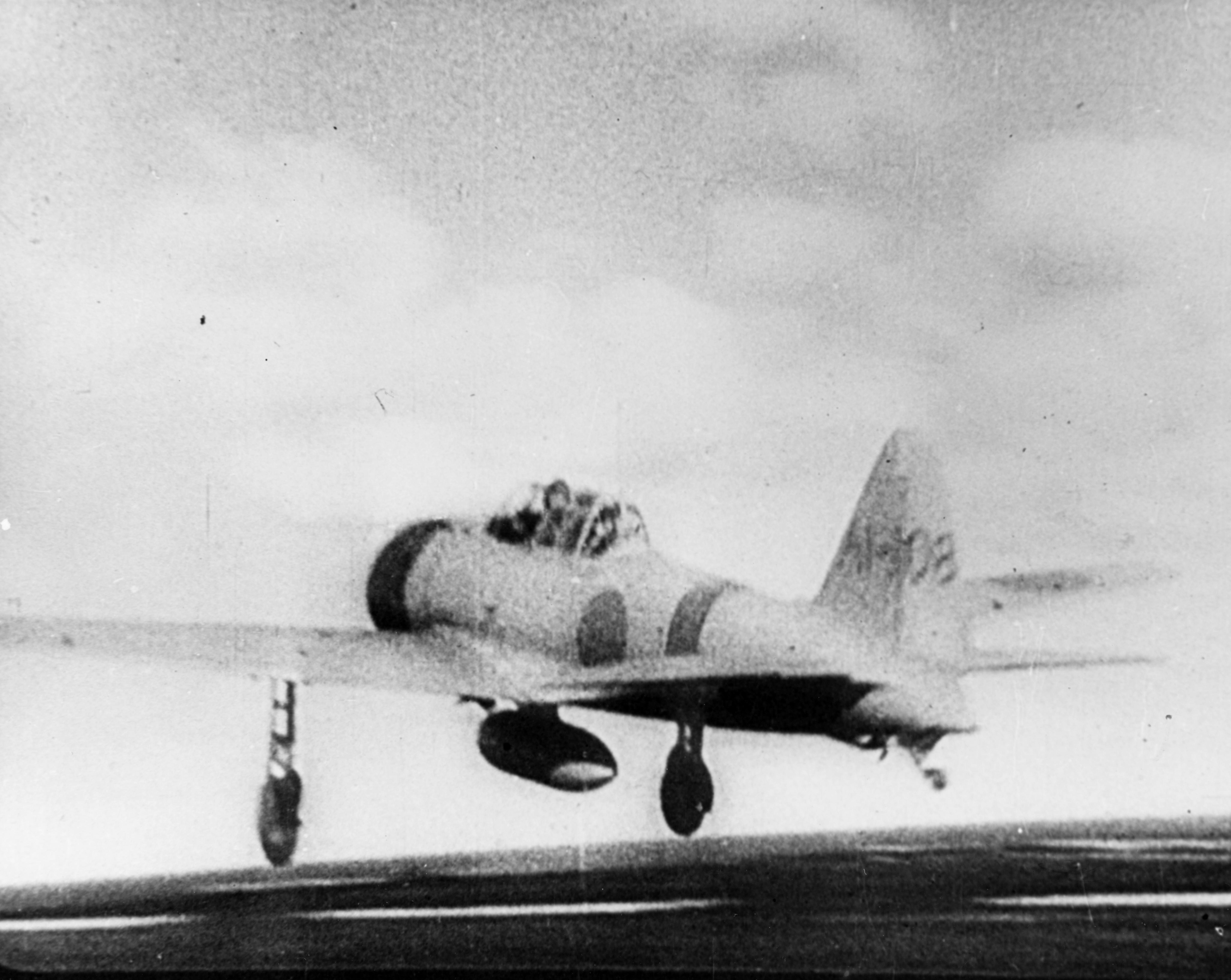|
RMAF Butterworth
RMAF Butterworth ( ms, TUDM Butterworth) is an active Air Force Station of the Royal Malaysian Air Force (RMAF) situated from Butterworth in Penang, Malaysia. It is currently home to the ''Headquarters Integrated Area Defence System'' (HQIADS), part of the Five Power Defence Arrangements (FPDA). The airfield was originally known as RAF Station Butterworth and later as RAAF Butterworth, under the operational commands of the Royal Air Force (RAF) and the Royal Australian Air Force (RAAF) respectively. Although the airfield is now a RMAF base, under the terms of the FPDA the RAAF are a co-tenant of the base, maintaining an operational presence in the region alongside the RMAF squadrons. The airfield and associated base facilities are colloquially referred to as ''Butterworth''. History RAF Butterworth An airfield at Butterworth was originally established in 1939 by the RAF on a “care and maintenance” basis. In October 1941, RAF Butterworth was officially opened as part o ... [...More Info...] [...Related Items...] OR: [Wikipedia] [Google] [Baidu] |
Ministry Of Defence (Malaysia)
The Ministry of Defence ( ms, Kementerian Pertahanan), abbreviated MINDEF, KEMENTAH, is a ministry of the Government of Malaysia that is responsible for defence, national security, army, navy, hydrography, air force, armed forces, intelligence services, counterintelligence, military intelligence, national service, and veterans affairs. The Minister of Defence administers his functions through the Ministry of Defence and a range of other government agencies. Its headquarters is in Kuala Lumpur. History Ministry of Defence was established on 31 August 1957 and officially began operations in a building located in Brockman Road (now Jalan Dato' Onn), Kuala Lumpur. This building also housed the office of the first Defence Minister, the late Tun Abdul Razak bin Datuk Hussein, who served from 31 August 1957 to 22 September 1970. The first building of the Ministry of Defence was constructed by the Federal Government at a cost of RM122,000.00 and was officially opened by Tun Haji Abdu ... [...More Info...] [...Related Items...] OR: [Wikipedia] [Google] [Baidu] |
Malayan Campaign
The Malayan campaign, referred to by Japanese sources as the , was a military campaign fought by Allied and Axis forces in Malaya, from 8 December 1941 – 15 February 1942 during the Second World War. It was dominated by land battles between British Commonwealth army units and the Imperial Japanese Army, with minor skirmishes at the beginning of the campaign between British Commonwealth and Royal Thai Police. The Japanese had air and naval supremacy from the opening days of the campaign. For the British, Indian, Australian, and Malayan forces defending the colony, the campaign was a total disaster. The operation is notable for the Japanese use of bicycle infantry, which allowed troops to carry more equipment and swiftly move through thick jungle terrain. Royal Engineers, equipped with demolition charges, destroyed over a hundred bridges during the retreat, yet this did little to delay the Japanese. By the time the Japanese had captured Singapore, they had suffered 9,657 cas ... [...More Info...] [...Related Items...] OR: [Wikipedia] [Google] [Baidu] |
RAF Kuala Lumpur
Royal Air Force Kuala Lumpur or more simply RAF Kuala Lumpur is a former Royal Air Force (RAF) station in the Federation of Malaya and saw extensive use during the Malayan Emergency. It was built and opened by the RAF in 1931. Military The airfield was home to: No. 52 Squadron operating Vickers Valettas, used for supply dropping to Army troops in the jungle. In 1959-1961 it was the only operational squadron in the RAF. * No. 155 Squadron operating Westland Whirlwind HC.4 helicopters. * No. 194 Squadron operating Westland Dragonfly helicopters/re-equipped with Bristol Sycamore HC.14 helicopters. * No. 110 Squadron above two squadrons merged on 3 June 1959. * No. 267 Squadron operating Douglas Dakota, Vickers Valetta, Scottish Aviation Single and Twin Pioneers (Dakota and Auster using broadcasting loudspeakers.) * 848 Naval Air Squadron (Royal Navy Fleet Air Arm) using Whirlwind helicopters. * No 656 Squadron Army Mobile Servicing Squadron servicing Auster AOP.6, Auster ... [...More Info...] [...Related Items...] OR: [Wikipedia] [Google] [Baidu] |
RAF Changi
Changi () is a planning area located in the geographical region of Tanah Merah in the East Region of Singapore. Sharing borders with Pasir Ris and Tampines to the west, Changi Bay to the southeast, the South China Sea to the east and the Serangoon Harbour to the north. Changi, excluding the two water catchments and islands of Singapore, is the largest planning area by land size. Today, Changi is an aviation hub. It is the location of both the Changi Airport and Changi Air Base. Also located within Changi is Singapore's largest prison, Changi Prison. It was used as a Japanese prisoner-of-war camp during the occupation of Singapore in World War II. The prison is Singapore's oldest operating internment facility, and is the location of Singapore's death row. Etymology The early Malay place name of Changi was Tanjong Rusa (English: Deer cape), as written in the 1604 Godinho de Eredia map of Singapore. The name Changi was known in the early 19th century. In the 1828 map by F ... [...More Info...] [...Related Items...] OR: [Wikipedia] [Google] [Baidu] |
Malayan Emergency
The Malayan Emergency, also known as the Anti–British National Liberation War was a guerrilla war fought in British Malaya between communist pro-independence fighters of the Malayan National Liberation Army (MNLA) and the military forces of the British Empire and Commonwealth. The communists fought to win independence for Malaya from the British Empire and to establish a socialist economy, while the Commonwealth forces fought to combat communism and protect British economic and colonial interests.Siver, Christi L. "The other forgotten war: understanding atrocities during the Malayan Emergency." In APSA 2009 Toronto Meeting Paper. 2009., p.36 The conflict was called the "Anti–British National Liberation War" by the MNLA, but an "Emergency" by the British, as London-based insurers would not have paid out in instances of civil wars. On 17 June 1948, Britain declared a state of emergency in Malaya following attacks on plantations, which in turn were revenge attacks for the ... [...More Info...] [...Related Items...] OR: [Wikipedia] [Google] [Baidu] |
Far East Strategic Reserve
The British Commonwealth Far East Strategic Reserve (commonly referred to as the ''Far East Strategic Reserve'' or the ''FESR'') was a joint military force of the British, Australian, and New Zealand armed forces. Created in the 1950s and based in Malaya, the FESR was conceived as a forward defence point for Australia and New Zealand, while protecting Commonwealth interests in the Southeast Asian region from both internal and external communist threats. The FESR was made up of an infantry brigade and an aircraft carrier group, supported by squadrons of aircraft. Creation The FESR originated from a June 1953 letter from Harold Alexander, the British Minister of Defence, to Philip McBride and Tom Macdonald, his equivalents in Australia and New Zealand ministries, respectively.Pfennigwerth, 2008, p. 55 The letter suggested the creation of a joint military force based in South-East Asia and tasked with protecting strategically important Commonwealth interests in the region (namely S ... [...More Info...] [...Related Items...] OR: [Wikipedia] [Google] [Baidu] |
Royal New Zealand Air Force
The Royal New Zealand Air Force (RNZAF) ( mi, Te Tauaarangi o Aotearoa, "The Warriors of the Sky of New Zealand"; previously ', "War Party of the Blue") is the aerial service branch of the New Zealand Defence Force. It was formed from New Zealand elements of the British Royal Air Force, becoming an independent force in 1923, although many RNZAF aircrew continued to serve in the Royal Air Force until the end of the 1940s. The RNZAF fought in World War II, Malaya, Korean War, Vietnam and the Gulf War as well as undertaking various United Nations peacekeeping missions. From a 1945 peak of over 1,000 combat aircraft the RNZAF has shrunk to a strength of around 48 aircraft in 2022, focusing on maritime patrol and transport duties in support of the Royal New Zealand Navy and the New Zealand Army. The RNZAF's air combat capability ended in 2001, under the Fifth Labour Government with the disbanding of the A-4 Skyhawk and Aermacchi MB-339 based squadrons. The Air Force is led by an Ai ... [...More Info...] [...Related Items...] OR: [Wikipedia] [Google] [Baidu] |
Imperial Japanese Army
The was the official ground-based armed force of the Empire of Japan from 1868 to 1945. It was controlled by the Imperial Japanese Army General Staff Office and the Ministry of the Army, both of which were nominally subordinate to the Emperor of Japan as supreme commander of the army and the Imperial Japanese Navy. Later an Inspectorate General of Aviation became the third agency with oversight of the army. During wartime or national emergencies, the nominal command functions of the emperor would be centralized in an Imperial General Headquarters (IGHQ), an ad hoc body consisting of the chief and vice chief of the Army General Staff, the Minister of the Army, the chief and vice chief of the Naval General Staff, the Inspector General of Aviation, and the Inspector General of Military Training. History Origins (1868–1871) In the mid-19th century, Japan had no unified national army and the country was made up of feudal domains (''han'') with the Tokugawa shogunate (''bakufu ... [...More Info...] [...Related Items...] OR: [Wikipedia] [Google] [Baidu] |
Twenty-Fifth Army (Japan)
The was an army of the Imperial Japanese Army during World War II, noted for its role in the Malayan Campaign and the Battle of Singapore. History The Japanese 25th Army was formed on 5 July 1941 under the Imperial General Headquarters. It was transferred to the control of the Japanese Seventh Area Army under the Southern Expeditionary Army Group on 6 November 1941. Battle of Malaya The Battle of Malaya began when the 25th Army launched an amphibious assault on the northern coast of British Malaya on 8 December 1941. Japanese troops landed at Kota Bharu and advanced down the eastern coastline of the Malay Peninsula. This was made in conjunction with landings at Pattani and Songkhla in Thailand, where units then proceeded south overland across the Thailand-Malayan border to attack the western portion of Malaya. The Japanese were initially resisted by III Corps of the British Indian Army and several British Army battalions. The Japanese quickly isolated individual Indian unit ... [...More Info...] [...Related Items...] OR: [Wikipedia] [Google] [Baidu] |
Fighter Pilot
A fighter pilot is a military aviator trained to engage in air-to-air combat, air-to-ground combat and sometimes electronic warfare while in the cockpit of a fighter aircraft. Fighter pilots undergo specialized training in aerial warfare and dogfighting (close range aerial combat). A fighter pilot with at least five air-to-air kills becomes known as an ace. Recruitment Fighter pilots are one of the most highly regarded and desirable positions of any air force. Selection processes only accept the elite out of all the potential candidates. An individual who possesses an exceptional academic record, physical fitness, healthy well-being, and a strong mental drive will have a higher chance of being selected for pilot training. Candidates are also expected to exhibit strong leadership and teamwork abilities. As such, in nearly all air forces, fighter pilots, as are pilots of most other aircraft, are commissioned officers. Fitness Fighter pilots must be in optimal health to ... [...More Info...] [...Related Items...] OR: [Wikipedia] [Google] [Baidu] |
A6M Zero
The Mitsubishi A6M "Zero" is a long-range carrier-based aircraft, carrier-based fighter aircraft formerly manufactured by Mitsubishi Aircraft Company, a part of Mitsubishi Heavy Industries, and was operated by the Imperial Japanese Navy from 1940 to 1945. The A6M was designated as the , or the Mitsubishi A6M Rei-sen. The A6M was usually referred to by its pilots as the ''Reisen'' (, zero fighter), "0" being the last digit of the Japanese calendar#Years, imperial year 2600 (1940) when it entered service with the Imperial Navy. The official World War II Allied names for Japanese aircraft, Allied reporting name was "Zeke", although the name "Zero" (from Type 0) was used colloquially as well. The Zero is considered to have been the most capable carrier-based aircraft, carrier-based fighter in the world when it was introduced early in World War II, combining excellent maneuverability and very long range.Hawks, Chuck"The Best Fighter Planes of World War II" chuckhawks.com. Retrieved: ... [...More Info...] [...Related Items...] OR: [Wikipedia] [Google] [Baidu] |
Brewster F2A Buffalo
The Brewster F2A Buffalo is an American fighter aircraft which saw service early in World War II. Designed and built by the Brewster Aeronautical Corporation, it was one of the first U.S. monoplanes with an arrestor hook and other modifications for aircraft carriers. The Buffalo won a competition against the Grumman F4F Wildcat in 1939 to become the U.S. Navy's first monoplane fighter aircraft. Although superior to the Grumman F3F biplane it replaced, and the early F4Fs,Wheeler 1992, p. 58. the Buffalo was largely obsolete when the United States entered the war, being unstable and overweight, especially when compared to the Japanese Mitsubishi A6M Zero. Several nations, including Finland, Belgium, Britain and the Netherlands, ordered the Buffalo. The Finns were the most successful with their Buffalos, flying them in combat against early Soviet fighters with excellent results.Ethell 1995, p. 212. During the Continuation War of 1941–1944, the B-239s (de-navalized F2A-1s) operate ... [...More Info...] [...Related Items...] OR: [Wikipedia] [Google] [Baidu] |







